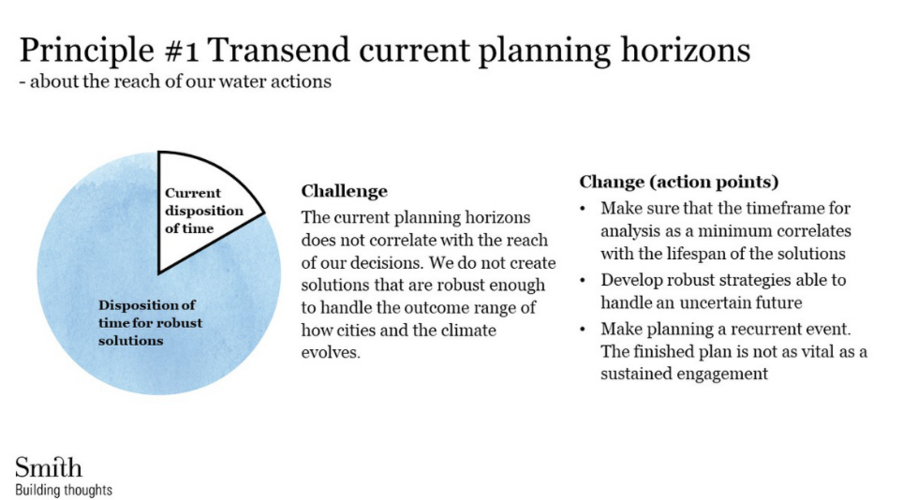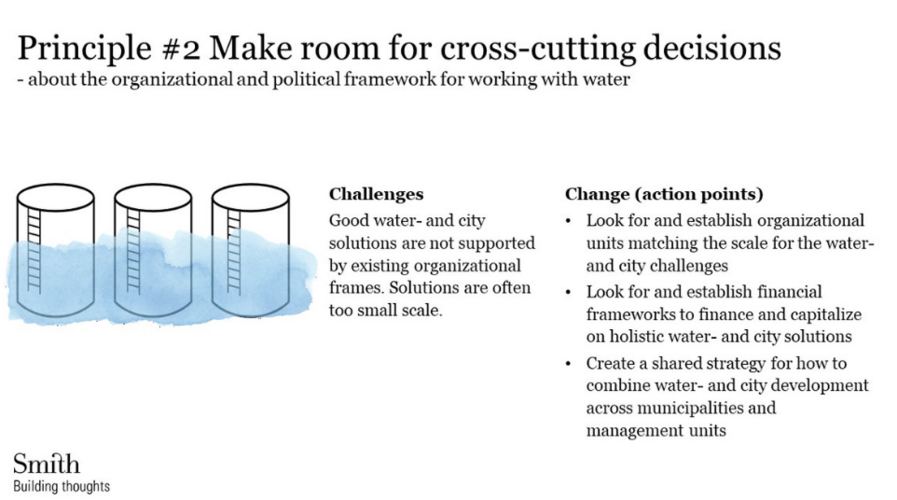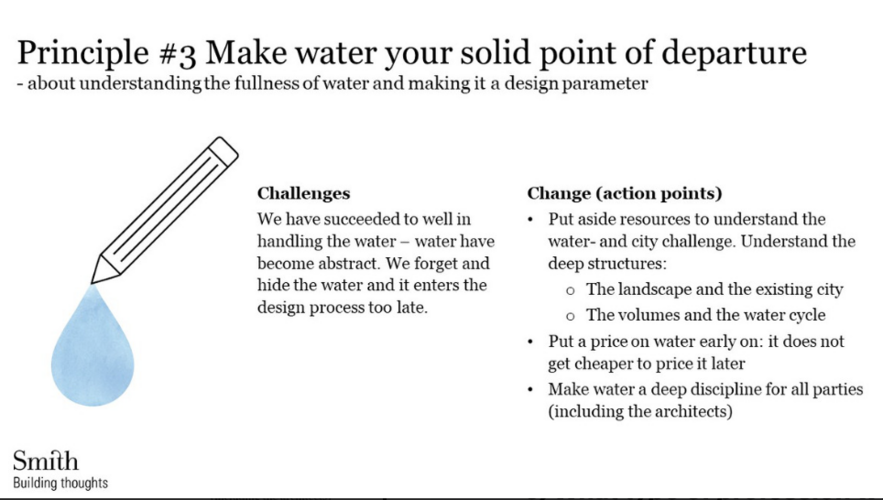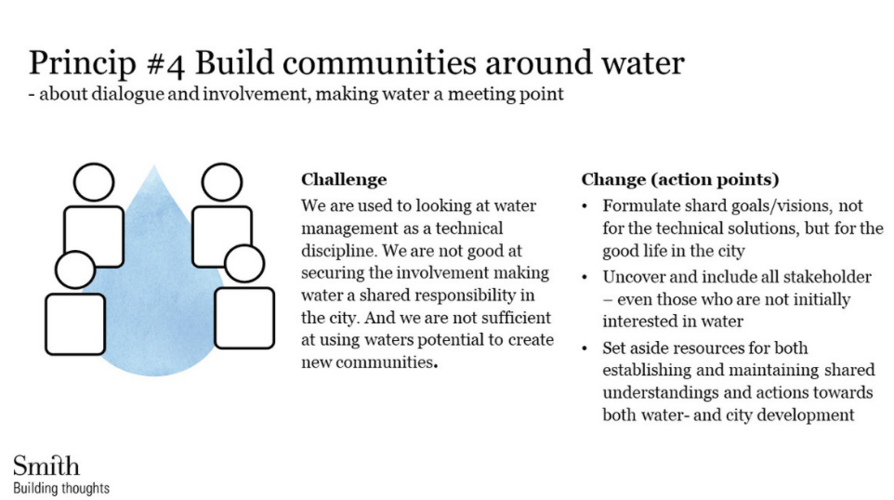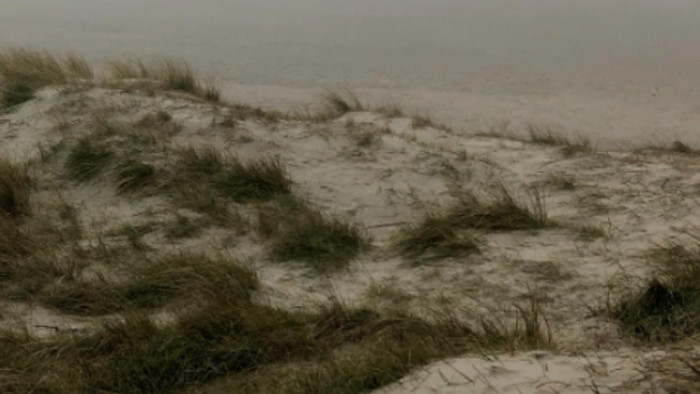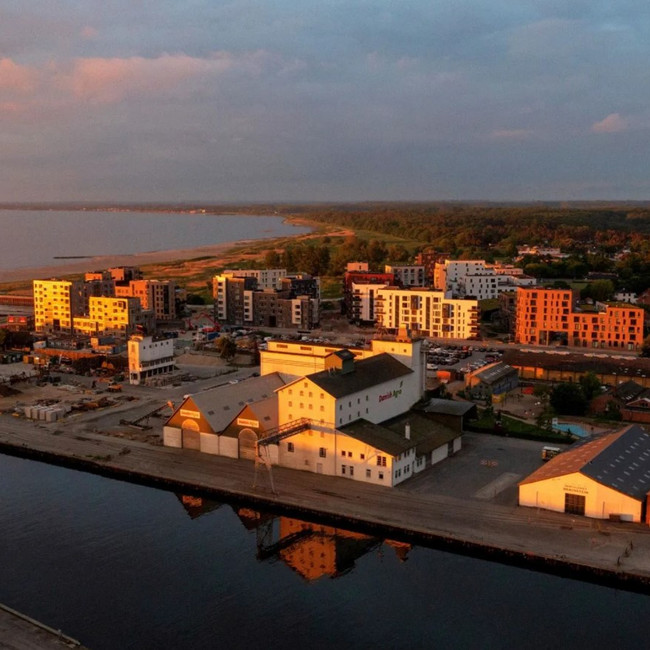
Watercities Blogpost 3/5
The third one is Gertrud Jørgensen, professor of urban planning at section for Landscape Architecture and Planning, University of Copenhagen.
Foto: Rune Pedersen (for Realdania) Søndre Havn ved solopgang - juni 2021
1) Give a brief introduction of you, your field of work, and what has let you to work in that area.
I am Gertrud Jørgensen, professor of urban planning at section for Landscape Architecture and Planning, University of Copenhagen. Many years of work within spatial planning for sustainable urban development as well as the use and meaning for urban environments has led me to my current research about spatial planning as a response to lea level rise in an urban context. This includes coastal protection, especially nature based solutions to coastal protection, but first and foremost possible urban spatial strategies for adaptation as well as for avoiding larger future problems.
2) From the perspective of your profession what are the biggest challenges of planning the green, grey, and blue cities of tomorrow?
From this perspective, the biggest challenge is planning for an unforeseeable future of a rising sea level. The future was always to some point unforeseeable, but the risk from the sea is something we know will happen. We can foresee consequences in the short run; in the longer run they are very uncertain but probably grave or disastrous to cities and settlements at the sea. How to balance the needs of today with the uncertain but highly probable needs of tomorrow is a complex political and technical decision.
3) In relation to the previous question which of the following proposed action points for Water Wise Planning do you think are particularly important to work with?
#1. Transend current planning horizons
#2. Make room for crosscutting decisions
#3. Make water a firm reference point
#4. Build communities around water
Though all points you mention are necessary and important, I choose #1. It follows directly from the description of challenges above.
4) What are the good examples of solutions to these challenges?
I don’t know if there are any good examples, and that is why it is a challenge. Adaptation path thinking and resilience thinking applied in planning may be a way forward. Good, long-term but adaptable regional planning may be an example. The Fivefinger plan of Copenhagen could go up as a good example of that, or the ‘green heart’ of Randstad, Netherlands. In a smaller scale, again from Copenhagen, could be mentioned the Køge Bay Beach park, working as a coastal protection along with recreation facilities and creation of nature. Possible also to adapt to future sea levels.
5) For the IWA World Water Congress & Exhibition 2022 a high-level summit will be held. What do you think, are decision makers’ most important task to succeed in what you described so far?
Probably two things:
1. Listen well to experts and integrate the knowledge that we already have in political decisions about spatial development.
2. Dare to think long term – and definitely longer than a four-year election period.
